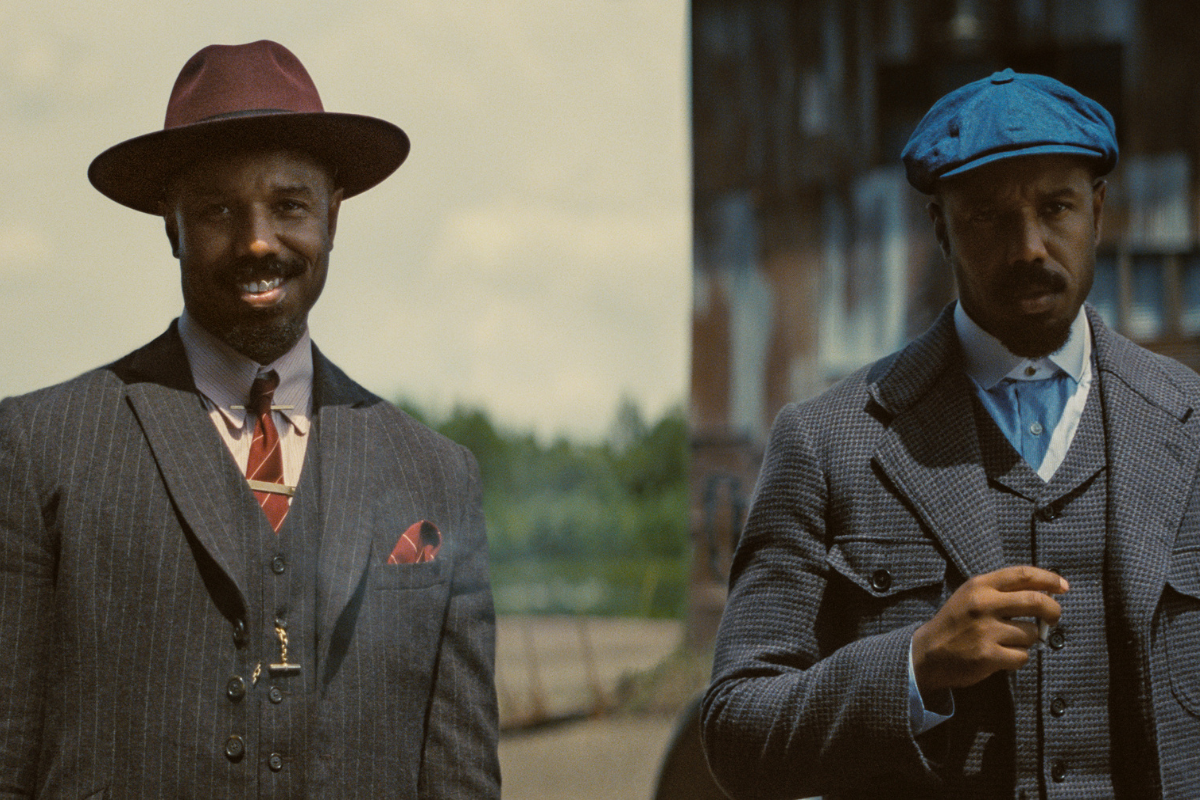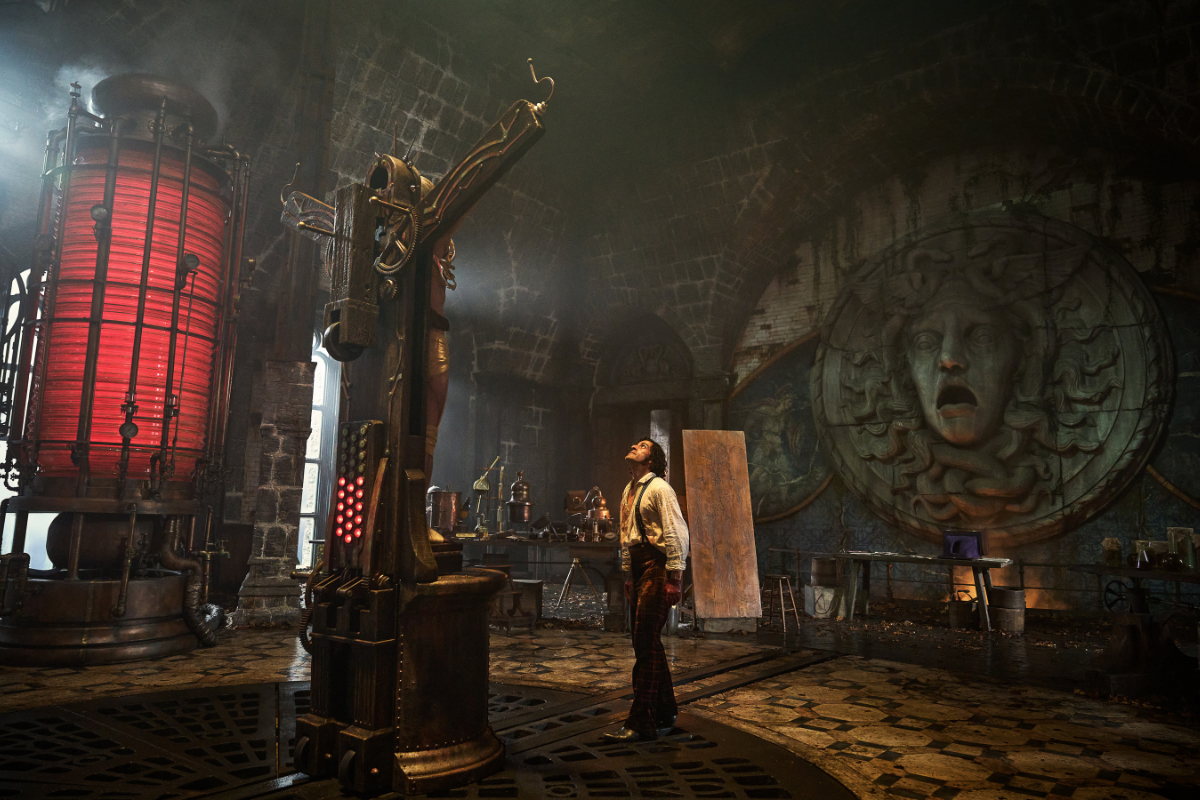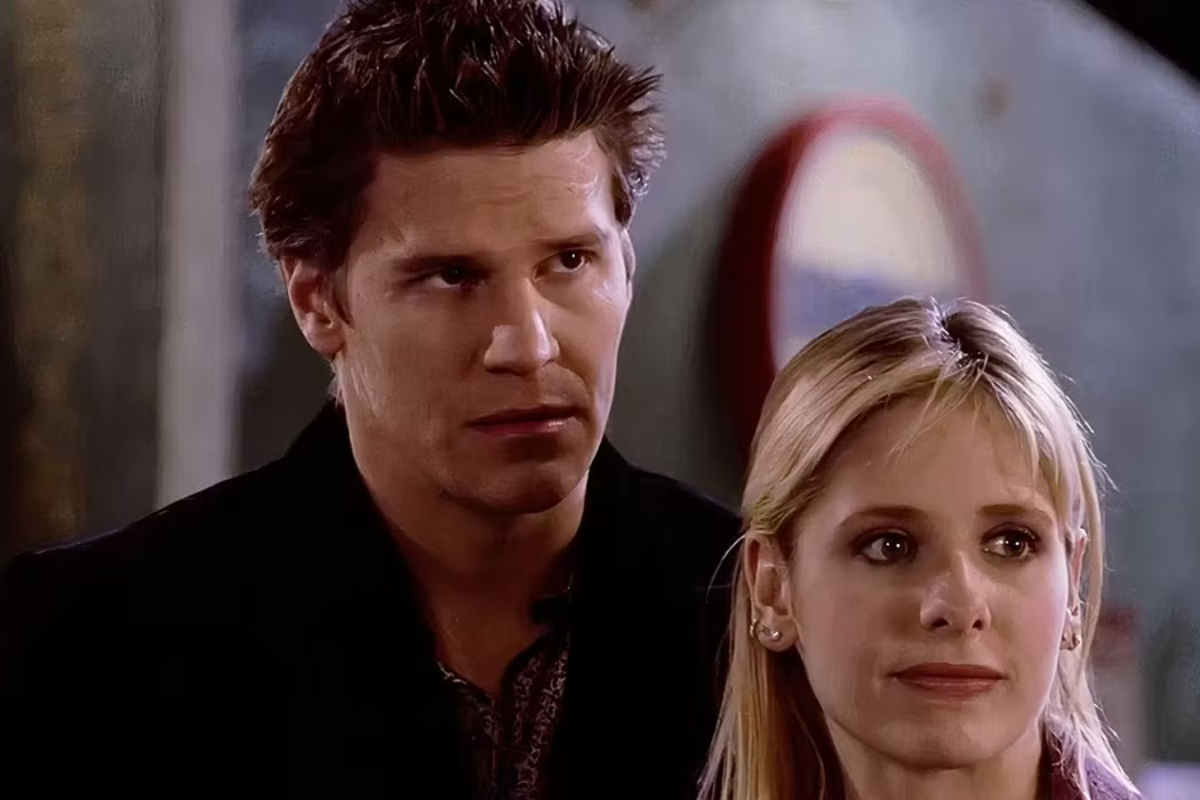Storytelling Strategies: Ending ‘The World’s End’
By Paul Gulino Making an ending feel satisfying. The script for The World’s End (written by Simon Pegg and Edgar Wright) is superlative in dialogue and originality, among other strengths,…
By Paul Gulino
Making an ending feel satisfying.
The script for The World’s End (written by Simon Pegg and Edgar Wright) is superlative in dialogue and originality, among other strengths, but it stumbles late, and even wanders a bit during the climactic confrontation between the two main characters and the aliens before veering into a series of epilogues.
We’ve all had the experience of watching a movie and thinking it’s over when instead it rambles on; The World’s End is not too bad as that goes, but it’s worth weighing other storytelling choices and with an eye toward how its ending could have been made more satisfying.
A Brief History of Climaxes
In its early days, the American style of cinematic storytelling (i.e., screenwriting) was heavily influenced by dramatic theories of the theater. In his influential 1863 volume The Technique of the Drama, German dramatist Gustav Freytag diagrammed the structure of drama as a triangle (which came to be known as Freytag’s Triangle or Pyramid).
Freytag argued that the best structure for a drama was to begin with a main character who acts against opposing forces, the resulting conflict bringing about the rising action. The climax occurs in the middle of the play, after which the opposing forces push back (the falling action), leading to the resolution (catastrophe).
This structure was modified in the decades that followed, influenced by the writings of playwright and drama scholar Brander Matthews, who in turn picked up on a theory then current among short story writers: the notion of “unity of effect” of none other than Edgar Allen Poe.
In his 1842 review of Nathaniel Hawthorne’s Twice Told Tales, Poe suggested an answer to a question so basic it may not occur to most writers -- screenwriters included: what is the principle that determines what material belongs in a story, and what should be taken out? Poe’s answer (for short stories): the “impression” or “effect” the writer wants to have on the audience after they’ve read the piece. I.e., a writer begins by deciding the effect, then works backwards to create that effect, and all content questions are governed by how well the material helps or hinders the creation of that effect.
Because plays, like short stories, are forms that can be consumed in one sitting (unlike novels or epic poems), the idea was readily transferable to the theater, whose playwrights concluded that the climax should be moved later in the action, rather than in the middle, to ensure maximum unity of effect.
This was the state of affairs when Hollywood was new; short story writers were contributing material to the studios by the 1910s, and playwrights began writing the talkies in the late 1920s. As a result, Hollywood movies developed a durable pattern: a single protagonist, battling against opposition, leading to a climax near the end of the picture.
Handling the Climax in The World's End
Given this pattern, the structure of The World’s End seems well within the bounds of the traditional American approach (even though its filmmakers are Brits). The premise is simple: the main character, Gary King, wants to lead his old gang on a pub crawl through their hometown, ending the night at The World’s End pub -- a feat they’d failed to complete when they were teenagers.
Gary runs into opposition in the form of robot zombies, despite which he continues to prioritize his life around his pub crawl objective, persuading his friends by various means to come along with him, his chief argument being that if they complete their pub crawl as if they were innocent of the existence of the aliens, they’ll be able to escape the town without arousing any suspicions.
And there’s no doubt the “climax” -- characterized by escalating chases, escapes, battles and violence -- occurs very late in the picture, leading up to their arrival at The World’s End pub.
The storytelling problem is that when the plan fails -- Gary and his best friend Andy make it to their destination, but instead of finding a way out they are trapped by the aliens -- there’s no place for the film to go. The audience, which only has a limited reserve of emotion to expend, has been treated to a half-hour of escalating chases, escapes, battles and violence and is emotionally spent. There is thus no way to develop any further lines of action, and the resolution becomes highly improvised: Gary and Andy win an argument with the aliens, who then give up and explode, leading to the epilogues. Although much of the material covered in the final confrontation is redundant, the mechanism by which the movie actually ends seems to be made up on the spot.
How could the filmmakers have made the ending more satisfying?
There is a solution readily at hand for this particular film, which has broader implications for anyone fleshing out the broad strokes of a screenplay.
Culmination vs. Climax
In the 1970s, dramaturge Frantisek Daniel drew a distinction between the climax of a drama and the end of the second act, which he termed the culmination. (This approach is taken up in The Tools of Screenwriting by David Howard and Edward Mabley [1994]).
In terms of the three act structure, the commencement of the pub crawl marks the end of the first act (the setup is complete, the main character’s objective is clear and he sets out to achieve it, and the obstacles will emerge readily). The tension of the second act revolves around the question (the Main Dramatic Question): will Gary and his friends succeed in their pub crawl? At the end of the second act, the question is answered: they succeed -- or at least Gary and Andy do.
Daniel’s argument was that if the resolution of the Main Dramatic Question comes earlier than the climax, rather than after, it allows the screenwriter time to explore the implications of that resolution more thoroughly, and can lead in fact to a new dramatic question (the third act tension) as a consequence. This in turn would make the final resolution feel more inevitable and thus satisfying, because the audience will have seen the premise stretched to the limit with its possibilities fully explored. Further, the shift in tension gives the audience an emotional “breather,” preparing it for the final expenditure of emotion during the story’s climactic moments.
How To Fix The World's End
Turning to The World’s End: all the writers had to do was move the characters' arrival at the World’s End pub to a point earlier in the story, before all the violence and chases. Upon their arrival, they would have a reasonable hope that Gary’s plan actually worked -- that they’ve completed their crawl without letting on that they know about the aliens -- an outcome very unlikely in the film as written, given how over-the-top the action has been to that point.
The story can now pivot into the third act, when Gary and friends realize that instead of being their path to freedom, the World’s End pub is a trap. The third act tension would now revolve around their escape, into which can be placed all the escalating chases, escapes and violence, for which the audience still has a reserve of emotion to expend. Further, it would allow time for the storytellers to develop the notion of the post-tech apocalypse as a possible outcome, rather than surprising the audience with it in an epilogue that seems tacked on.
In general, during the development of a story, it’s always worth exploring the possibility of resolving the Main Dramatic Question at the end of the second act, rather than at the end of the script; if nothing else it allows a writer to fully stretch and explore his or her premise to the limit, increasing the likelihood its ending will feel fresh, exciting and satisfying.
Related Articles:
- More Storytelling Strategies by Paul Joseph Gulino
- Specs & The City articles by Brad Johnson
- Screenwriting the Dan O’Bannon Way
Tools to Help:
Paul Joseph Gulino is an award winning screenwriter and playwright, whose credits include two produced screenplays in addition to numerous commissioned works and script consultations, and his plays have been produced in New York and Los Angeles. He taught screenwriting at the University of Southern California for five years, and since 1998 has taught at Chapman University in Orange, California where he is an associate professor. He has lectured and given workshops in the U.S. and Europe and recently guest-lectured at Disney Animation in Burbank. His books include Screenwriting: The Sequence Approach and The Science of Screenwriting: the Neuroscience Behind Storytelling Strategies, co-written with psychology professor Connie Shears. His web site is www.writesequence.com.







